Bookworm: May 2024
'Sleeping While Standing,' 'The Milk Lady of Bangalore,' 'A Court of Thorns and Roses,' 'Eligible,' 'I Contain Multitudes'
This post contains an affiliate link or links. If you use a link to buy a book, I may earn a small commission. You can find all the books that have been featured in this newsletter in my Bookshop store.
May is Asian American, Native Hawaiian and Pacific Islander Month, so I focused some of this month’s reading accordingly. What a long way we’ve come from my childhood, when I struggled to find one or two books by Asian authors in libraries, let alone in bookstores. Progress!
Table of contents
Graphic memoir: “Sleeping While Standing,” by Taki Soma
Memoir: “The Milk Lady of Bangalore: An Unexpected Adventure,” by Shoba Narayan
Romantasy: “A Court of Thorns and Roses,” by Sarah J. Maas
Fiction: “Eligible,” by Curtis Sittenfeld
Biology: “I Contain Multitudes,” by Ed Yong
“Sleeping While Standing”
Taki Soma is an artist, writer and colorist whose work has been nominated for a Hugo, an annual literary award that recognizes the best in science fiction and fantasy. At an author event this month, Soma said her autobiographical collection “Sleeping While Standing” started as a project for herself. Its 19 short stories, rendered as comic panels, delve into her emotional past, which include some harrowing experiences. “Some stories I cried through,” she said. In the end, she found the collection “very therapeutic.”
That’s not to say it’s all somber. There’s plenty of humor, as in a story about how a young Soma, a reluctant transplant from Japan to Minnesota after her mother marries an American, finally warms to her new home. During her author event, she and her husband, fellow comic writer Michael Avon Oeming, read and acted out a story about their kitten, to the audience’s delight.
The strength of “Sleeping While Standing” lies in its intersectionality. As an immigrant, Soma naturally addresses that experience. But it’s one among a multitude of identities she contains (as do all of us): a child of divorce, an addict, a friend, a person with a chronic health condition, a pet lover, among others. I appreciate this intimate self-portrait.
“The Milk Lady of Bangalore: An Unexpected Adventure”
I can’t recall now what led me to this book, but it fits loosely with my 2024 goal of reading books from or about countries that start with B. I know, Bangalore is a city, not a country, but with a population of 13.6 million, it’s larger than many countries. So I’m counting it.
Author Shoba Narayan was born in India, moved to the United States as a young woman, married a fellow Indian immigrant and had two children, then moved back to India — partly so she and her husband could be close to their aging parents, partly to immerse their children in Indian culture. As the family moves into their new apartment building in Bangalore, Narayan encounters an astonishing sight: a woman taking a cow, via elevator, to a neighbor’s unit to bless it by walking through it. Narayan hastily hires the woman and cow to bless her family’s home as well. And that’s how she meets her local milk lady, Sarala.
Sarala comes from a family that’s owned cows and sold their milk for generations. As Sarala becomes first Narayan’s vendor, then her guide to Bangalore and finally her friend, the author learns more about cows and their place in Indian culture, society and history than she ever thought possible. Her increasing comfort around and interest in cows parallels her deepening repatriation. You could call this book a “moo-moir.”
This is not a book for those squeamish about bodily functions. Narayan writes a lot about cow urine and cow dung, inescapable when one is around cows, but also incorporated into human lives in a way they just aren’t in the U.S.
Perhaps the biggest benefit Narayan derives from her relationship with Sarala is that it’s a cross-caste friendship. Through Sarala’s merchant-caste perspective, Narayan, a member of the top Brahmin caste, experiences a side of India she’d likely not know about otherwise. She feels richer for it.
“A Court of Thorns and Roses”
This month my book club decided to explore “romantasy,” a portmanteau of “romance” and “fantasy,” with one of the biggest titles in the genre, Sarah J. Maas’ “A Court of Thorns and Roses.” This genre was new to me. But as a longtime fan of fantasy and a sometime reader of romance, I was game.
I listened to the audiobook edition, narrated by Jennifer Ikeda, which may have influenced my opinion. The book is nearly 450 pages, meaning the audiobook is 16 hours long. It took me several weeks to finish.
The story relies in part on the “Beauty and the Beast” trope. Young woman lives with widowed father, spends a lot of time alone in the forest, inadvertently wrongs a terrifying talking beast, and has to do penance by going to live with him in his enchanted manor. There she learns he’s bound by a mysterious curse that, somehow, only she can break. It’s a perfectly fine storyline — that’s why it’s held up all these centuries.
But our heroine, Feyre, is no Belle. For one thing, she can’t read, so she’s not flitting about the woods with books in hand. Instead, she’s hunting so she can feed her family, which also includes two sisters. And the Beast is no human princeling. He’s a fae high lord named Tamlin from the land of Prythia, a sworn enemy of humankind.
More like “Beauty and the Beast” meets “Romeo and Juliet.”
Maas has woven a tale of politics, love, duty and vengeance. I wish the writing had been a little less pedestrian; there’s a lot of “He growled” and things that are “-kissed,” for instance. I felt for Feyre, who suffers more physical challenges and serious injuries than any other romantic heroine I’ve read, to the point where it started to feel like trauma porn. Several characters and threads are dropped just as they get interesting — this may be a function of this book being the first in a series. I’m not sure I will move on to the rest of the series, though I’m told the next book is better. This one was an interesting enough detour from my usual reading paths.
“Eligible”
It is a truth universally acknowledged that Jane Austen continues to inspire fellow writers more than 200 years after her best-known novel, “Pride and Prejudice,” was published. It is less acknowledged, though no less true, that I am a sucker for anything Austen-related, especially if it’s related to P&P.
So of course I read Curtis Sittenfeld’s “Eligible: A Modern Retelling of Pride and Prejudice” when it came out in 2016. I revisited it this month as my book club decided to go down a Jane Austen rabbit hole.
In Sittenfeld’s retelling, Elizabeth Bennet is a 38-year-old writer for Mascara, a magazine that unblushingly jumbles together fashion and feminism. She’s returned to her childhood home in Cincinnati after many years away to help her parents while her father recovers from a heart crisis. Her older sister, Jane, a yoga instructor, has come home as well for the same reason. Their three younger sisters, none of whom ever left home, are as self-absorbed and unappealing as Austen painted them. Into their lives come Chip Bingley and his best friend from college, Fitzwilliam Darcy, both local doctors — Darcy is, naturally, a neurosurgeon.
Sittenfeld’s novel is part of the Austen Project, a series that puts a modern spin on four Austen novels. English novelist Joanna Trollope took on “Sense and Sensibility,” Scottish crime writer Val McDermid reimagined Austen’s gothic satire “Northanger Abbey,” and Scottish novelist Alexander McCall Smith — yes, he of the No. 1 Ladies' Detective Agency series — tackled “Emma.” The project was originally intended to encompass all six Austen titles but seems to have ended abruptly before achieving that goal. I looked online for information about who was shepherding this series, but the only link I found went to the website of a U.K. publisher that had nothing to say about the project even in the blurbs for the books themselves. The plot thickens!
I did not pursue this intriguing backstory further because I had just gotten to the best part of “Eligible,” which is of course Darcy’s simultaneously supercilious and sheepish declaration of his love for Elizabeth. Or maybe the best part is the letter he sends her the next day. Or maybe the best part is when she learns how he surreptitiously saves the day for her family after Lydia scandalizes them all. I did feel all of this was better in the original. The social gap between Darcy and the Bennets yawned wider, and the transgressions revealed are more shocking.
Granted, Austen had it easier, writing in an era when the merest suggestion of unmarried sex was enough to get the gossipers going. Sittenfeld concocts other sins, reflecting our 21st-century discourse. In that sense, “Eligible” is as much a satire of contemporary mores and manners as its inspiration.
“I Contain Multitudes”
I first became aware of science journalist Ed Yong’s work during the pandemic, when his nuanced coverage of the novel coronavirus and COVID-19 disease in The Atlantic stood out (he went on to win the 2021 Pulitzer Prize for explanatory reporting). So when I came across his first book, “I Contain Multitudes: The Microbes Within Us and a Grander View of Life,” I was intrigued.
The book opens with Yong’s encounter with a pangolin, which had me flipping to the copyright page to see when the book was published. It came out in 2016, four years before the pangolin was initially implicated in helping spread the coronavirus. Of all the animals Yong could have started with — the irony!
But my readerly chuckling was soon replaced with a sense of awe, at both Yong’s deep dive into the world of microbes and at the resulting revelations. Every page of this book is thick with paradigm-shifting information. We are the world of microbes. We are walking ecosystems, each of our bodies its own individual planet on which numerous interdependent species live and die. And it’s not just us. The same can be said of every multicellular organism.
Yong is clearly enthralled with this subject, and he finds equally smitten experts to escort him and us through the microbial universe. It’s that enthusiasm that really sells this book. Yong’s writing is charismatic; I felt drawn into what felt like the best conversation ever about a topic I’d given only occasional thought to.
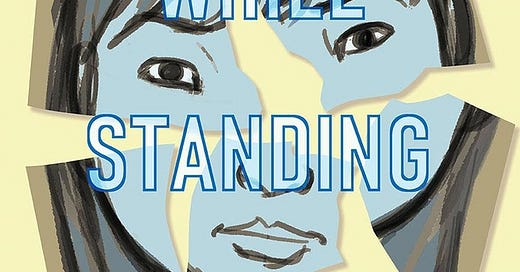



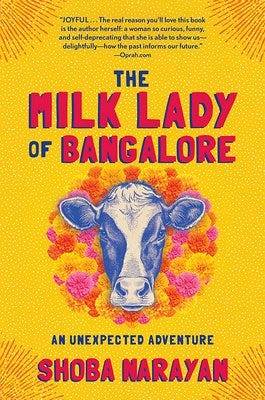
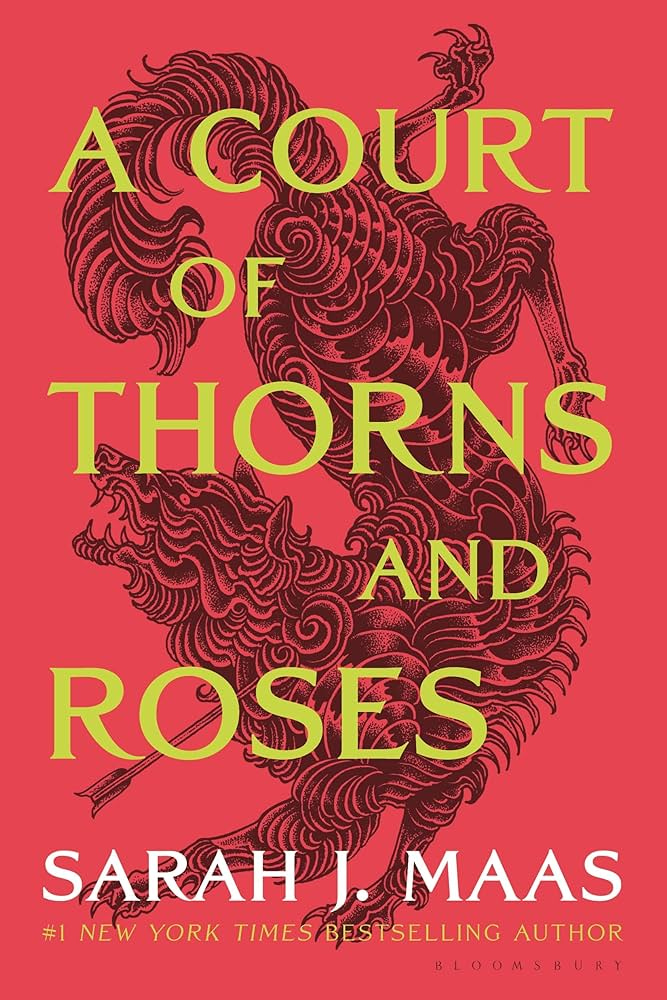
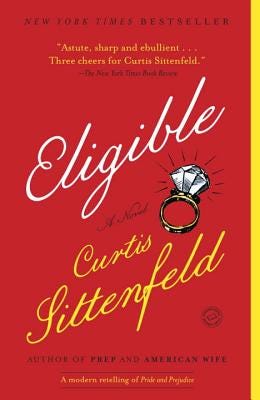
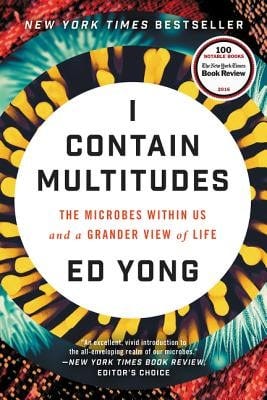
Oh, brother. Another stack of books to add. The milk lady, Sleeping While Standing and microbes all sound really rich. Thank you, Amy, for introducing these intriguing books. I am listening to an audiobook right now of The Warmth of Other Suns.